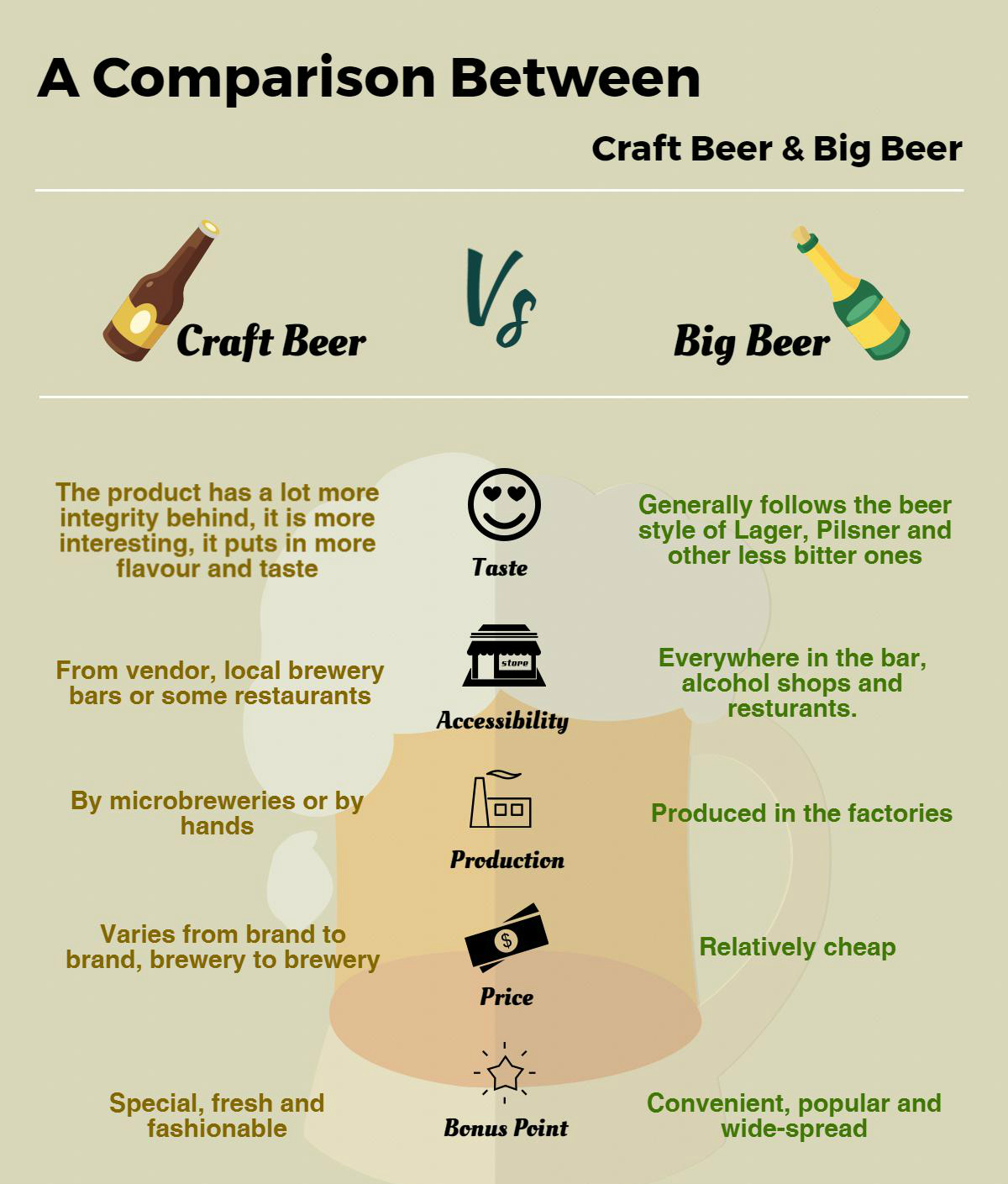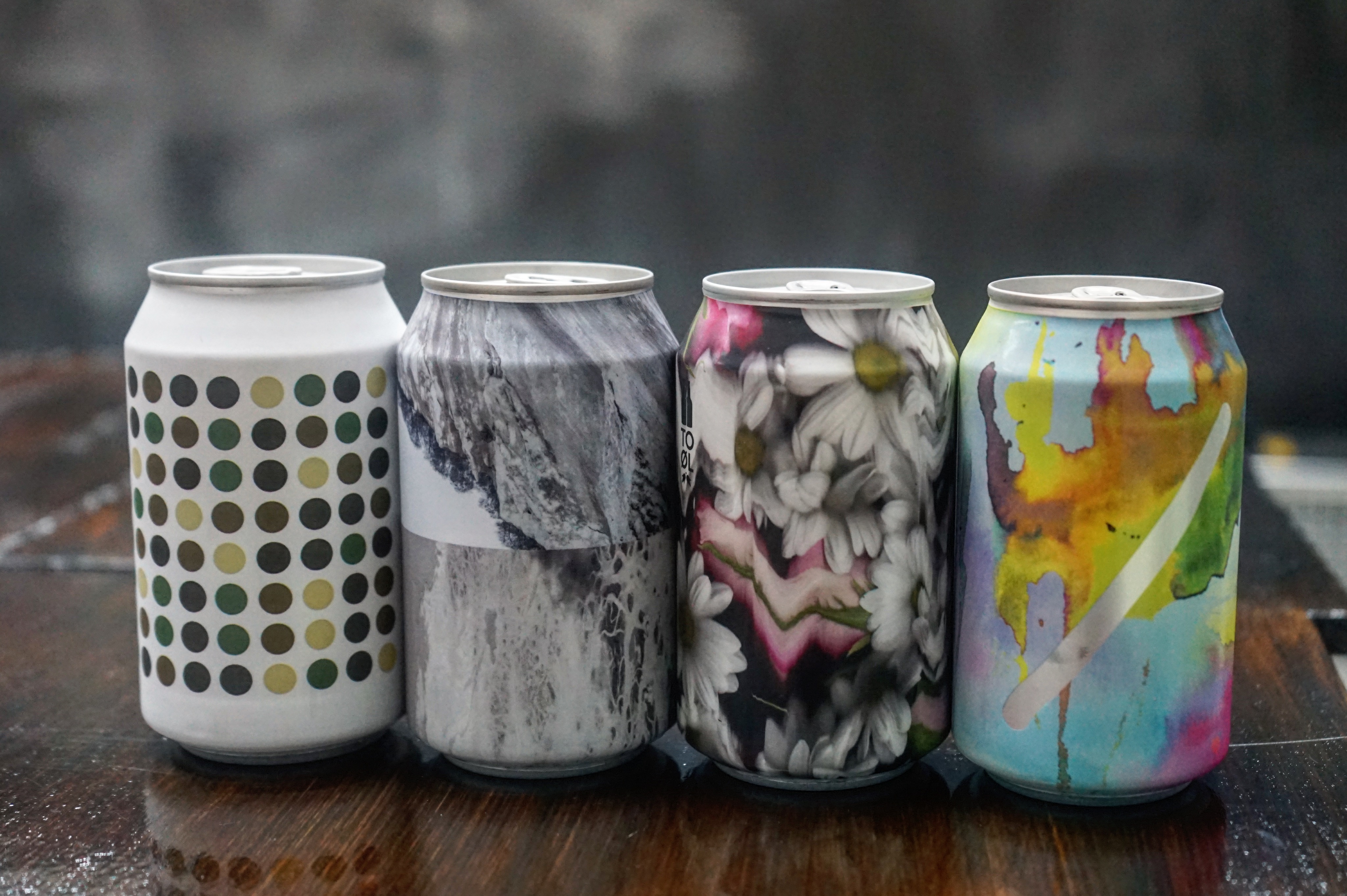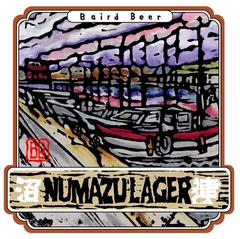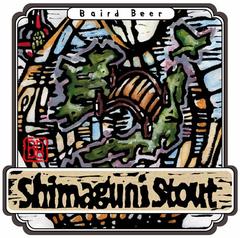Craft Beer in Hong Kong
Ever since this city’s craft beer fashion exploded five years ago, customers in this city are able to enjoy a wider and wider choices among all the international breweries in addition to more and more locally-produced fresh craft beers.
Craft beer has a lot more integrity behind it. The product is more interesting if put in more flavour and taste. It’s more about something you would enjoy to consume, said Philip Benusa, the General Manager of Hop Leaf, a craft beer vendor in Hong Kong.
Why "Hop Leaf"?
The company’s name comes from an important ingredient used in brewing beer, hop plant, which gives a taste of bitterness to beer and help preserve it. As showed in the company’s logo, each one of the hops coming with a leaf, that makes the name of “Hop Leaf”.
Coverage
Since 2011, the beer importer has been bringing in various styles’ of craft beers from the United States, Denmark, Japan, Belgium and New Zealand to Hong Kong market. They now provide beer of ten different brands to more than 150 local restaurants and bars.
Business Model
“90 percent of our sales comes from wholesale, which we classify as most of the restaurants and bars or grocery store. A small percentage, about 5%, of our sales goes to retail, which is the online platform,” said Hop Leaf: “We can offer limited releases, special beers directly to customers and they get to enjoy them and that’s why we have the retail website.”

Hong Kong's Market Preferences
To maintain the good quality of the fresh produced beers during the shipment and logistics, Hop Leaf works directly with the breweries: “We don’t buy from third parties because we don’t know the quality of the beer, how it’s been handle, how long it’s been there, how they shipped,” said the general manager.
Also, “we take better care than anybody else: There’s not many people that are refrigerating their beers like we do. There’re no people that refrigerating their kegs like we do. And customers will certainly notice that when they taste it, when a beer tastes like it should be fresh, and flavourful, and not fried like other people’s beers.”
The company started from a word-of-mouth promotion with friends at the first place.
Now it has earned its own place on the market by filling the niche and need of better beer from customers: “Specifically for the beers like Carlsberg, or Blue girls or Qingdao or anything is simple, (what makes craft beer different) is quality. It tastes much better, it’s a much broader variety and as I always say, it’s “affordable luxury”. If you wanna buy a decent bottle of wine in a restaurant, it’s probably gonna cost you at least four or five hundred dollars. You can get a great bottle of beer in the restaurant for 60 dollars on special. That’s the first thing we emphasise. If you’re a good restaurant serving good food you should be serving good beers also,” said Mr. Benusa.






